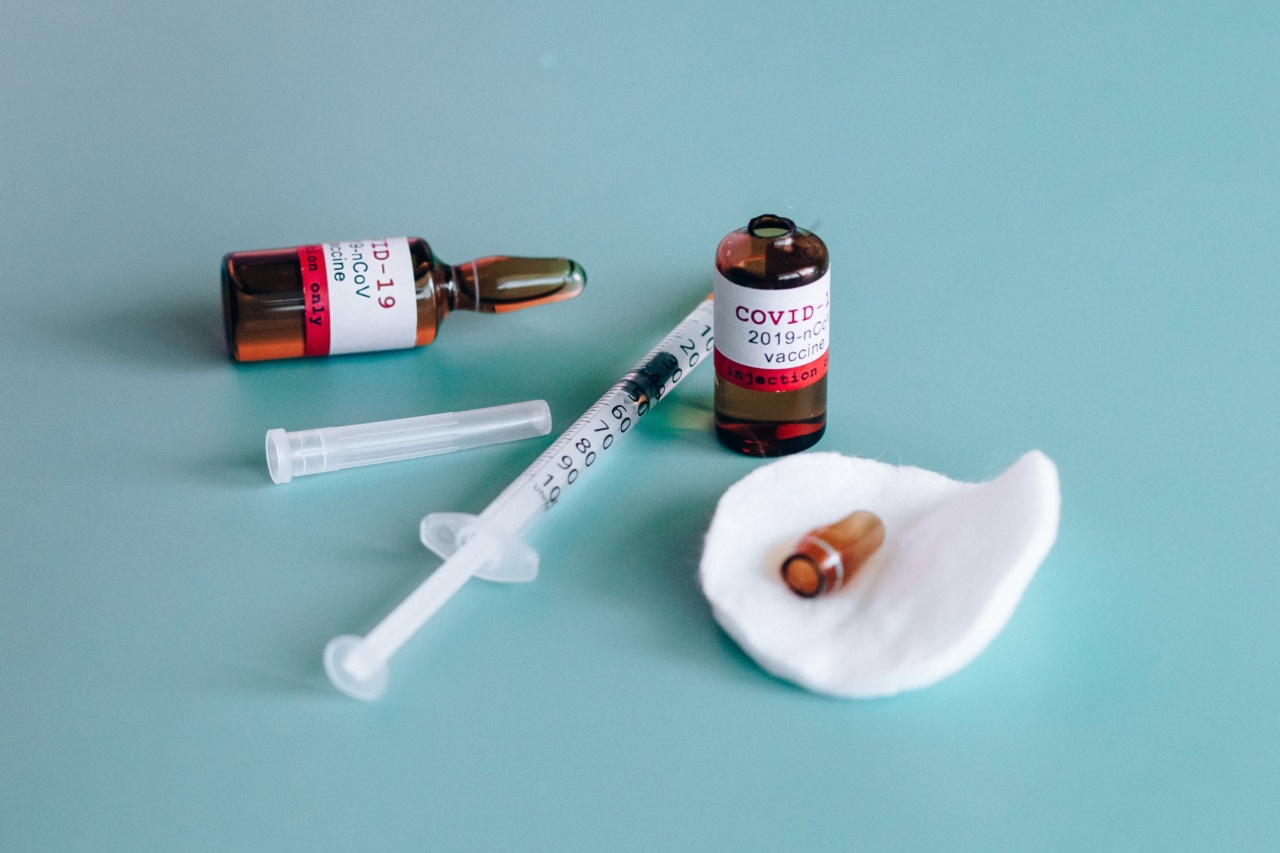Protein plays a crucial role in various bodily functions, including the maintenance of joint health.
Our joints, which include bones, cartilage, ligaments, and tendons, need adequate protein intake to support their structure, function, and overall health. Lack of protein can lead to joint problems like osteoarthritis and other joint-related conditions. Let’s explore the key role of protein in joint health maintenance and how it can help in preventing osteoarthritis.
1. Building Blocks of Joints
Proteins are the building blocks of our body, and they are especially vital for the structure of our joints.
Collagen, the most abundant protein in our body, forms the foundation of our joints by providing strength and stability to the bones, cartilage, and other connective tissues. It acts as a scaffold that holds our joints together, preventing them from collapsing under pressure. Without sufficient protein intake, our body may struggle to maintain the integrity and structure of joints, increasing the risk of joint problems.
2. Cartilage Health
Cartilage is the smooth, rubbery tissue that covers the ends of bones and allows them to glide smoothly against each other. It acts as a cushion and shock absorber, protecting the joints from damage caused by impact or friction.
Protein is crucial for maintaining the health and integrity of cartilage. It provides the necessary amino acids for the formation of collagen and other proteins that make up the cartilage matrix.
Insufficient protein intake can lead to weakened cartilage, making joints susceptible to wear and tear, inflammation, and degeneration.
3. Joint Inflammation
Inflammation is a common driving force behind joint problems like osteoarthritis. Research suggests that adequate protein intake can help reduce inflammation in joints.
Certain proteins have anti-inflammatory properties, which can mitigate the inflammation that contributes to joint pain, stiffness, and swelling. By including protein-rich foods in your diet, you can potentially lower the risk of chronic inflammation in your joints.
4. Muscle Support
Strong muscles play a vital role in supporting and stabilizing the joints. Proteins are essential for muscle maintenance, repair, and growth.
Inadequate protein intake can lead to muscle weakness and loss, which, in turn, can put extra stress on the joints. When muscles are weak, they are unable to adequately support the joints, making them more vulnerable to injuries and degeneration.
Consuming protein-rich foods can help maintain muscle mass and strength, reducing the strain on joints and promoting joint health.
5. Synovial Fluid Production
Synovial fluid lubricates the joints and provides nourishment to the cartilage. It is responsible for reducing friction between the joint surfaces and helps in shock absorption. Protein plays a crucial role in the synthesis of synovial fluid.
Without enough protein, the production and quality of synovial fluid may be compromised, leading to joint stiffness, decreased mobility, and increased susceptibility to joint damage.
6. Wound Healing
Injuries to joints can occur due to accidents, sports activities, or simply wear and tear over time. Adequate protein intake is important for efficient wound healing, including injuries to the joints.
Protein provides the necessary building blocks for tissue repair and regeneration. It helps in the formation of new blood vessels, collagen synthesis, and overall tissue remodeling, facilitating the healing process and minimizing the long-term damage to the joints.
7. Preventing Osteoarthritis
Osteoarthritis, the most common form of arthritis, is characterized by the degeneration of joint cartilage and underlying bone.
While multiple factors contribute to the development of osteoarthritis, ensuring sufficient protein intake can help reduce the risk and delay the onset of this degenerative joint disease. Protein supports the maintenance and repair of cartilage, preventing its breakdown and preserving joint function.
Additionally, protein’s anti-inflammatory properties can reduce the inflammation associated with osteoarthritis, providing further protection to the joints.
8. Recommended Protein Intake
The recommended dietary allowance (RDA) for protein varies depending on factors such as age, sex, and activity level. Generally, it is advised that adults consume about 0.8 grams of protein per kilogram of body weight.
However, individuals with joint problems or those engaged in intense physical activities may require higher protein intake to support joint health and muscle maintenance. Consulting with a healthcare professional or a registered dietitian can help determine the appropriate protein intake specific to your needs.
9. Protein-Rich Foods for Joint Health
To ensure optimal protein intake for joint health, incorporate a variety of protein-rich foods into your diet.
Some excellent sources of protein include lean meats, poultry, eggs, seafood, legumes, tofu, tempeh, Greek yogurt, cottage cheese, nuts, and seeds. Including a combination of animal and plant-based proteins in your meals can provide the necessary essential amino acids required for joint health and overall well-being.
10. Conclusion
Protein is a key nutrient in maintaining joint health and preventing conditions like osteoarthritis.
It supports the structure, strength, and integrity of joints, promotes the production of synovial fluid, helps reduce inflammation, aids in muscle support, and plays a vital role in wound healing. By ensuring adequate protein intake and consuming a balanced diet, you can effectively support your joints, reduce the risk of joint problems, and promote lifelong joint health.































